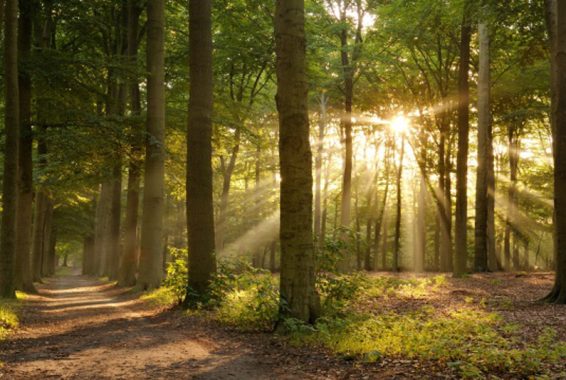Become a Volunteer Today
At Fairlight Hall we offer a volunteer scheme so people can be involved in a variety of areas within the garden. Volunteers at Fairlight Hall will be able to experience one of the finest gardens in East Sussex which is rarely open to the public.







